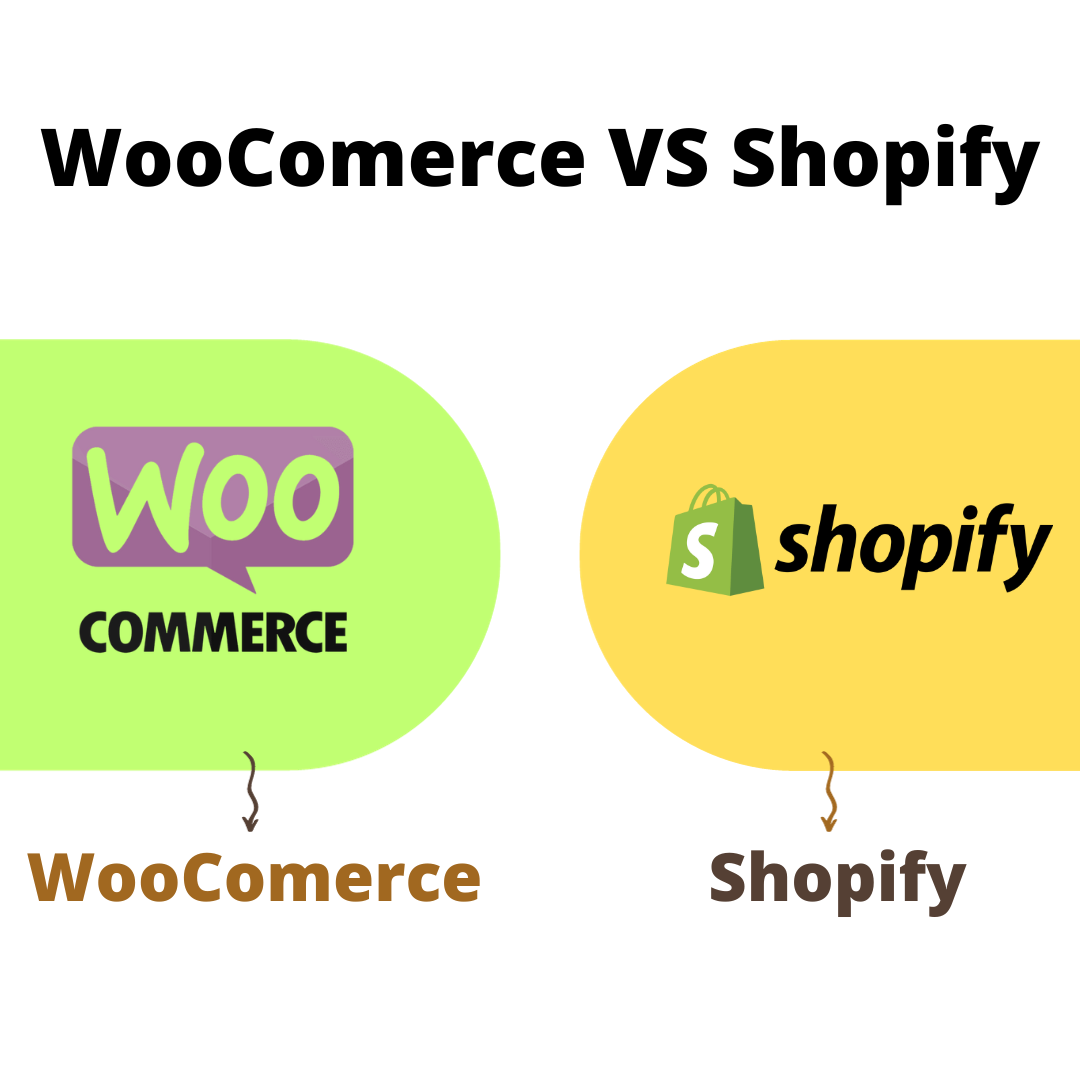WooCommerce vs Shopify: The Ecommerce Platform Showdown
Choosing the right platform for your online store is a critical decision. You want a platform that’s easy to use, scalable, and feature-rich, but with so many options out there, it can be overwhelming. Today, we’re tackling two of the biggest contenders: WooCommerce and Shopify.
In this blog, we’ll dive deep into:
- Key differences between WooCommerce and Shopify
- Strengths and weaknesses of each platform
- Which platform is best for you based on your needs
So, buckle up and get ready to find your ecommerce champion!
Head-to-Head: Key Differences in WooCommerce vs Shopify
| Feature | WooCommerce | Shopify |
|---|---|---|
| Platform type | Open-source plugin for WordPress | Proprietary, hosted platform |
| Ease of use | Steeper learning curve, requires some technical knowledge | Beginner-friendly, drag-and-drop interface |
| Cost | Lower upfront costs, but requires separate hosting and plugin/theme purchases | Monthly subscription fees, built-in hosting and most features |
| Scalability | Highly scalable, but requires technical expertise to manage growth | Built-in scalability, handles high traffic volumes effortlessly |
| Customization | Highly customizable, endless theme and plugin options | Less customizable, but still offers a variety of themes and apps |
| Integrations | Wide range of integrations available, but may require development work | Large app store with pre-built integrations for most popular services |
| Support | Community-driven support, forums, and paid developer assistance | 24/7 dedicated support team |
Strengths and Weaknesses
WooCommerce:
Strengths:
- Cost-effective: Lower upfront costs compared to Shopify.
- Highly customizable: Endless theme and plugin options for unique branding and functionality.
- Scalable: Can handle large volumes of traffic with proper configuration.
- Open-source: Access to the code allows for greater control and development flexibility.
Weaknesses:
- Steeper learning curve: Requires some technical knowledge to set up and manage.
- Security concerns: Open-source nature makes it potentially more vulnerable to security risks.
- Limited support: No official support team, relies on community forums and paid assistance.
Shopify:
Strengths:
- Easy to use: Drag-and-drop interface and user-friendly dashboard make it perfect for beginners.
- Scalable: Built-in infrastructure handles high traffic volumes without technical headaches.
- Reliable: Proprietary platform ensures stability and security.
- 24/7 support: Dedicated support team available to answer your questions and resolve issues.
Weaknesses:
- Higher cost: Monthly subscription fees can be expensive compared to WooCommerce.
- Less customizable: Limited theme and app options compared to WooCommerce.
- Closed platform: Less control over the underlying code and functionality.
Who Wins? It Depends.
The best platform for you depends on your specific needs and priorities. Here’s a quick guide:
- Choose WooCommerce if:
- You’re on a tight budget and don’t mind some technical work.
- You need a highly customizable store with unique features.
- You have the technical expertise to manage an open-source platform.
- Choose Shopify if:
- You’re a beginner and want a user-friendly platform.
- You need a reliable and scalable solution for high traffic volumes.
- You value excellent customer support and a closed platform’s stability.
Ultimately, the best way to decide is to try both platforms! Most offer free trials, so you can test out their features and see which one feels right for you.
Bonus Tip:
No matter which platform you choose, remember that your online store is a marathon, not a sprint. Choose a platform that you can grow with and that will support your business goals in the long run.
We hope this blog has helped you navigate the WooCommerce vs Shopify debate! If you have any questions, feel free to leave a comment below.
Happy selling!
